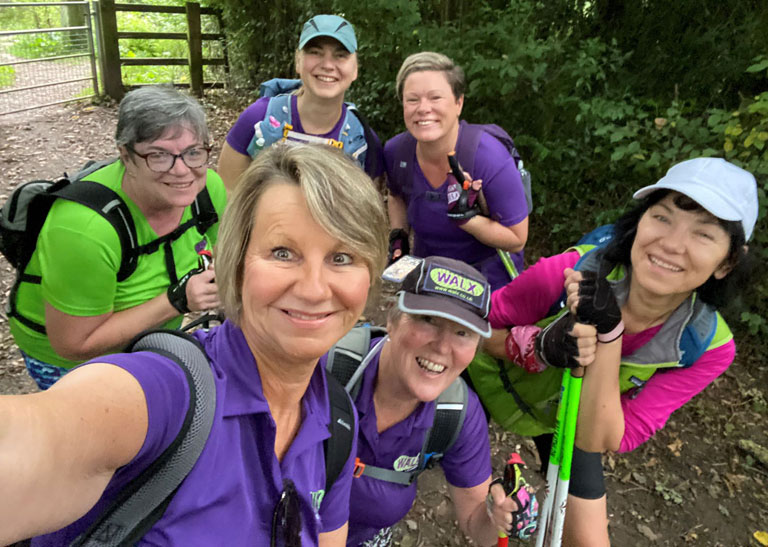
Price: £7.00
Book Now- Smilage Points: 13
- Distance: 6 Miles
- Date: Sun 21st December
- Time: 11:00 AM - 2:00 PM
- Location Name: Martin Down National Nature Reserve
- Address: A354, New Forest SP5 5RH, United Kingdom
- W3W: copper.atlas.builders
- Show on map
Main Instructor:
Hosted By:
Walk Description:
A walk of 6 to 7 miles with stunning views over the next county of Wiltshire.
We will take a break half way round when we reach Penbury Knoll.
Bring a drink and lunch. A sit mat, if you have one, would be more comfortable if the ground is damp.
This route is very open and can be chilly.
Starting from the large free carpark we enter Martin Down nature reserve. This area is famous for its
wild flowers, yellow hammers and sky larks. Some swollows over winter here possibly due to climate
change. We have seen hares.
A long flat walk in and then the long gradual climb to Blagdon hill with Bockerly Dyke on our right.
Bockerly Dyke is a bank and ditch linear earthwork which is 5.75 km long. It is of massive proportions
for defensive purposes and was built in the late Roman period.
From Blagdon hill we take paths up to Penbury knoll. The views are beautful
and extensive, right across to the coast on a clear day. We cross over Pentridge ridge. The hamlet of
Pentridge is below us. Pentridge means "Hill of the boar".
Penbury Knoll is an Iron age hillfort. It is possible that this fort was never finished. There were no traces
of occupation.
There are Scots pines on the top of Penbury Knoll which were originally put there as a navigation
beacon but they are not native. There is a trig point at the top. There is some terracing and evidence of
field systems around the Knoll and Pentridge Down. There is a good sized round barrow on the slope
alongside the foot path.
Penbury has been heavily damaged by quarrying. When the Romans built Acking Dyke (the road from
Old Sarum to Dorchester) they took flint pebbles from Pentridge hill to make the surface of the road.
After a rest we will descend to Pentridge, this is initially very steep but becomes more of a sloping
descent along a bridleway until we reach the village. A couple of stiles in this area.
Passing through this peaceful pretty hamlet we can visit the interesting church where Browning the poet
is buried.
The route goes along bridleways to reach Martin Down.
This reserve is owned and managed by
Natural England and Hampshire Country Council.
Other history of interest:- The Dorset Curcus is a long linear earthwork which runs through the landscape of this area. It is a prehistoric Neolithic monument dating back to 3,300 BC. It stretches 10 KM = 6.25 miles. It is a rectangular earthwork enclosure. The Curcus is one of the largest and most extensive examples of its kind. It was possibly used for ritual or ceremonial processions and crosses a river and three valleys.
There are more earthworks and landscape archaeology in Cranborne Chase than anywhere else in
Northern Europe. Many have been ploughed out.
This walk will take at least 3 hours plus time we take out for a rest. Be aware there are sometimes cows on this route.
(I'm going to try and change the end part of this walk as the bridle ways should be less overgrown. This will avoid the field)
WHAT3WORDS ogre.hacksaw.such
This takes you to the entrance to the carpark. Please park in the far corner away from the road.
The nearest toilets are at Cranborne Garden centre which is a lovely place to visit for its plants, gift shop
and cafe. We should have time on the way back to stop there for a hot drink.
Location Notes:
Meet in the FREE Martin Down National Nature Reserve car park. The car park is on the right-hand side of the A354, approximately 2.7 miles north of the roundabout with the B3081 (Sixpenny Handley). Note: postcode is the nearest possible but not exact.
Searching for gallery images
